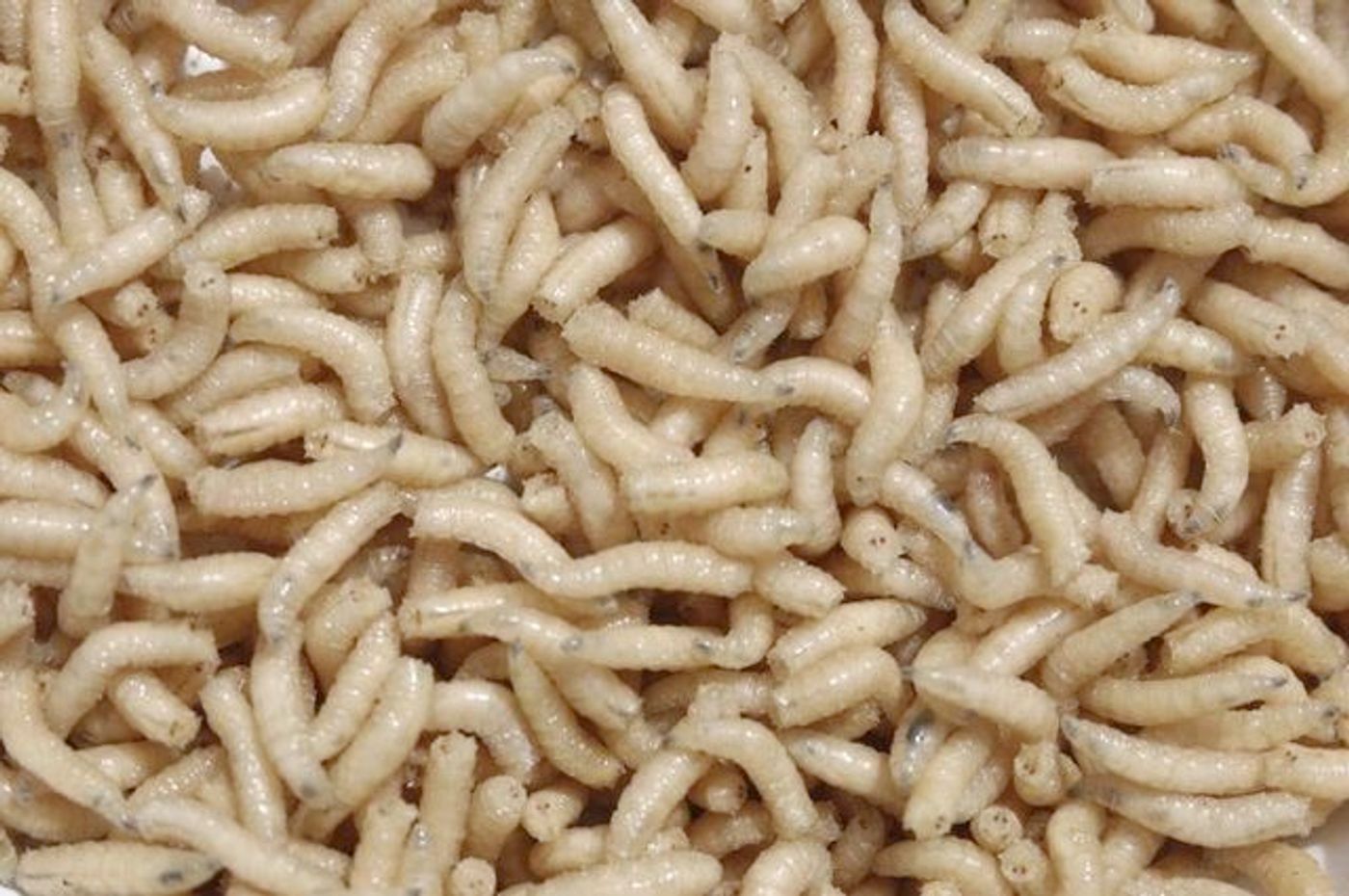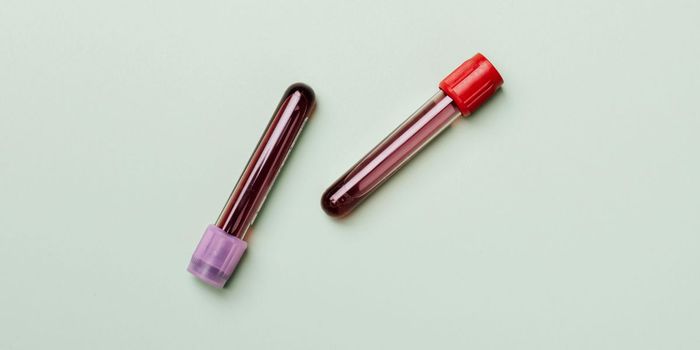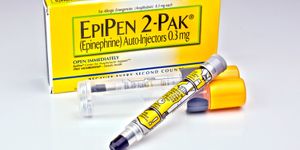Scientists are reviving an 18th century therapy involving maggots and adding their own 21st century twist to treat infected ulcers and wounds. The modern treatment now uses
genetically modified maggots with added purposes: as they consume dead tissues to clean the wound, the maggots now also secrete human growth factors to promote wound healing. These maggots could be in the doctor’s next order – that is, if the patients can stomach it!
Maggot debridement therapy is an old technique that uses fly larvae to clean out dead tissues from wounds. The idea behind the nausea-inducing therapy is the natural propensity of maggots to eat only dead tissues. As such, they can more precisely clean out even tiny necrotic tissues within a wound than a surgeon can with a knife and scalpel.
And because they discriminate well between dead and healthy tissues, patient wounds are not harmed in any way. In fact, the wound benefits from the antimicrobial secretions that maggots release as they disinfect wounds from rotting tissues. While these creepy crawlies may seem gross, they are highly effective as a medical treatment for wound care.
Maggot therapy may be most applicable in diabetes patients who are prone to sores and ulcers in the limbs that can be so severe that doctors sometimes have to amputate. To make treating these wounds more efficient and heal faster, researchers at the North Carolina State University engineered maggots that can secrete factors that promote wound healing while the disinfection occurs.
Wounds heal faster in the presence of human platelet derived growth factor-BB (PDGF-BB). And the newly engineered maggots can produce this protein – one type made the substance in the presence of heat at 37 Celsius, while another group made the factor when fed a diet that lacked the tetracycline antibiotic. The researchers found that maggots given the tetracycline-free diet produced and secreted the PDGF-BB in the wounds, while the heat-sensitive maggots only made the protein.
Doctors aren’t squeamish about maggots in the slightest, as these organisms are highly efficient at cleaning wounds. They are also terribly cheap to produce and use, adding to their medical appeal. Now, with the genetic modifications maggot therapy has the potential to shorten healing time. And this, arguably, makes them perfect treatments for wound care.
But before these GM maggots make their way to the hospitals, the researchers will be testing them in a rat model of wound healing and then in human clinical trials to demonstrate healing time improvements. Success in these trials may mean more maggots prescribed for ulcers, bedsores, and burn wounds in the future.
Watch the video to learn more about maggot medicine. Warning: Content may be graphic in nature – not for the squeamish!
Additional source:
Popular Science









